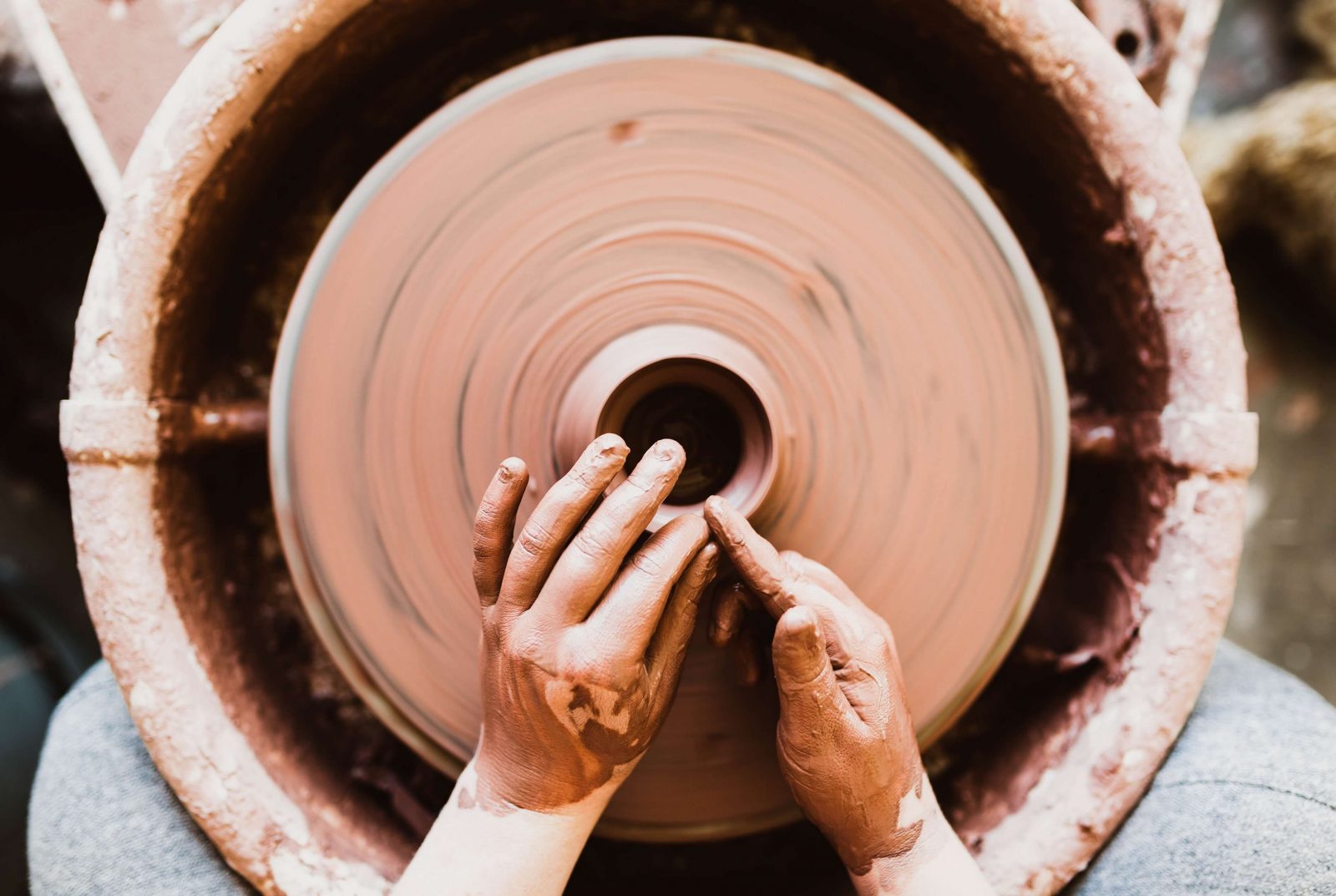The art of working with and moulding clay into decorative ornaments and usable utensils has been in existence for millenniums in Sri Lanka. Literally millenniums! Way before any colonization took over in the island and before its Sri Lankans were grouped into one social category or the other, pottery and clayware was initiated and went through sociopolitical changes for more than a thousand years.
Today, both local and foreigners are attracted to the pottery industry – although it may be for different reasons.
Techniques
The pottery trade in Sri Lanka has remained more or less consistent in terms of techniques and methods. A potter’s wheel is used to manually mould the clay into artefacts and utensils, after which they are exposed to high temperatures in a kiln. In the ancient era, a kiln was a furnace made with brick and fired with wood.
The ordinary furnace is also particularly important in the final design of the clay item. Different techniques are used for firing, which influences the final color that appears on the clay work. Looking at just one example – when earthenware is kept upside down in the kiln, a black color appears on the inside and a red on the outside, depending on the color of clay used.
While clay is available in red, white, blue and yellow, the most abundant and widely used in Sri Lanka is red clay. While, blue and yellow clay are seen in a few areas but are more common in the ceramic and porcelain sectors as a supplement to the primary industry.
The Local and Tourist Market
In Sri Lankan homes, it is not uncommon to see that cooking in earthenware is more popular over modern cookware, particularly when authentic local cuisine is being prepared. It is these clay pots that are the secret to producing the authentic flavors in preparation of Sri Lankan curries. Hence the pottery industry has a good fan base in the local as well as tourist markets.
In manufacturing clay pots, artisans consider functionality over decorative motifs – as a result reducing cost and prime value of the products that are used for cooking on a daily basis. From the beginning of the clay ware industry, potters have created clay items from cooking and storing food and water, along with other household items such as for storing dry rations, clothes and other essentials. Producing artwork and decorative motifs on the clayware hiked up the price and were considered royal items.
Today, artwork on clayware is seen mostly in large vases, pots and other household decorative items, decorative dinner ware, water mugs and so on. This variety of decorative clayware is popular amongst the tourists as well.
Evolutions in the Pottery Industry
In the ancient world, the island of Ceylon was a trading hub for people from the Far East, Middle East and Africa. These travelers also possessed knowledge of their own art forms, which influenced Sri Lankan potters and artisans to incorporate those techniques into their own work.
In modern times, to keep up with the changes in social norms and design etiquettes, Sri Lankan potters have re-defined their artwork and catered to the growing demand. Including color in clay or dying clay, intricately designing clay items, glazing and polishing clayware are some of the changes that the pottery industry has seen. So don’t forget to pick up some of this unique clayware as souvenir during your holiday in Sri Lanka.
The versatility of this earthenware, since ancient times, proves its durability and continuous development on the island over thousands of years.

